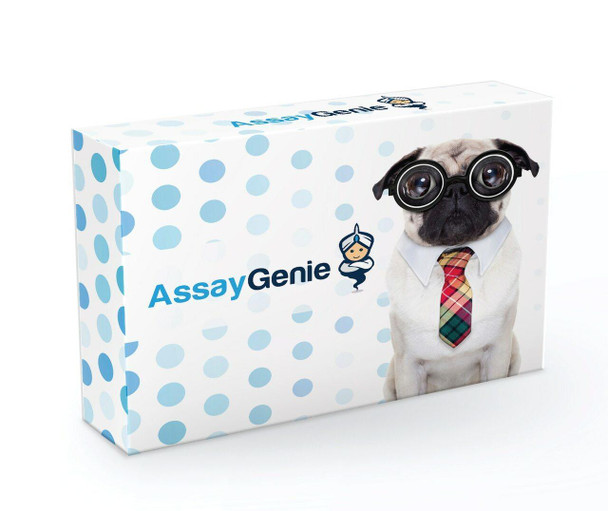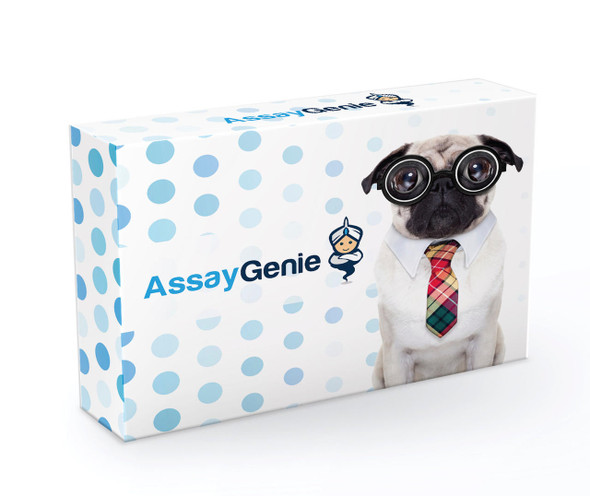Description
CBR3 Monoclonal Antibody [PAT7E8AT] (CPAB0150)
The CBR3 Polyclonal Antibody (CPAB0150) is a robust tool for researchers investigating the role of CBR3 in drug metabolism and detoxification processes. This antibody is raised in rabbits and has been validated for use in Western blot applications, ensuring accurate and reliable results. CBR3, also known as carbonyl reductase 3, is a key enzyme involved in the reduction of a variety of carbonyl compounds, making it essential for the metabolism of drugs and xenobiotics. Its expression and activity levels can impact drug efficacy, toxicity, and resistance, making it a critical target for pharmacological research.
By using the CBR3 Polyclonal Antibody, researchers can study the expression and localization of CBR3 in different tissues and cell types, providing valuable insights into its role in drug metabolism and potential implications for personalized medicine. This antibody is an essential tool for advancing our understanding of CBR3 function and its impact on drug responses.
| Product Name: | CBR3 Antibody |
| Product Sku: | CPAB0150 |
| Size: | 5μg |
| Host Species: | Mouse |
| Immunogen: | Anti-human CBR3 mAb is derived from hybridization of mouse F myeloma cells with spleen cells from BALB/c mice immunized with recombinant human CBR3 amino acids 1-277 purified from Ecoli. |
| Clone: | PAT7E8AT. |
| Reactivity: | Human |
| Applications: | Western Blot, ELISA, Flow Cytometry |
| Purification Method: | CBR3 antibody was purified from mouse ascitic fluids by protein-G affinity chromatography. |
| Isotype: | IgG2b |
| Background: | CBR3 catalyzes the reduction of a large number of biologically and pharmacologically active carbonyl compounds to their corresponding alcohols. CBR3 is one of several monomeric NADPH-dependent oxidoreductases. Furthermore, CBR3 contains 3 exons spanning 11.2 kilobases and is strongly linked to another carbonyl reductase gene, the CBR1. It was suggested that CBR3 mediates 9-cis-retinoic acid-induced cytostatis and is a potential prognostic marker for oral malignancy. CBR3 is identified in the ovary, pancreas, intestine, colon, kidney, brain, thymus, lung, heart, liver, spleen, leukocyte, prostate and the testis. Polymorphisms in CBR3 may give an explanation to interindividual and interethnic variability of doxorubicin pharmacokinetics and pharmacodynamics. |
| Synonyms: | Carbonyl reductase [NADPH] 3, NADPH-dependent carbonyl reductase 3, CBR3, carbonyl reductase 3, hCBR3, SDR21C2. |
| Storage Buffer: | For periods up to 1 month store at 4°C, for longer periods of time, store at -20°C. Prevent freeze thaw cycles. |




